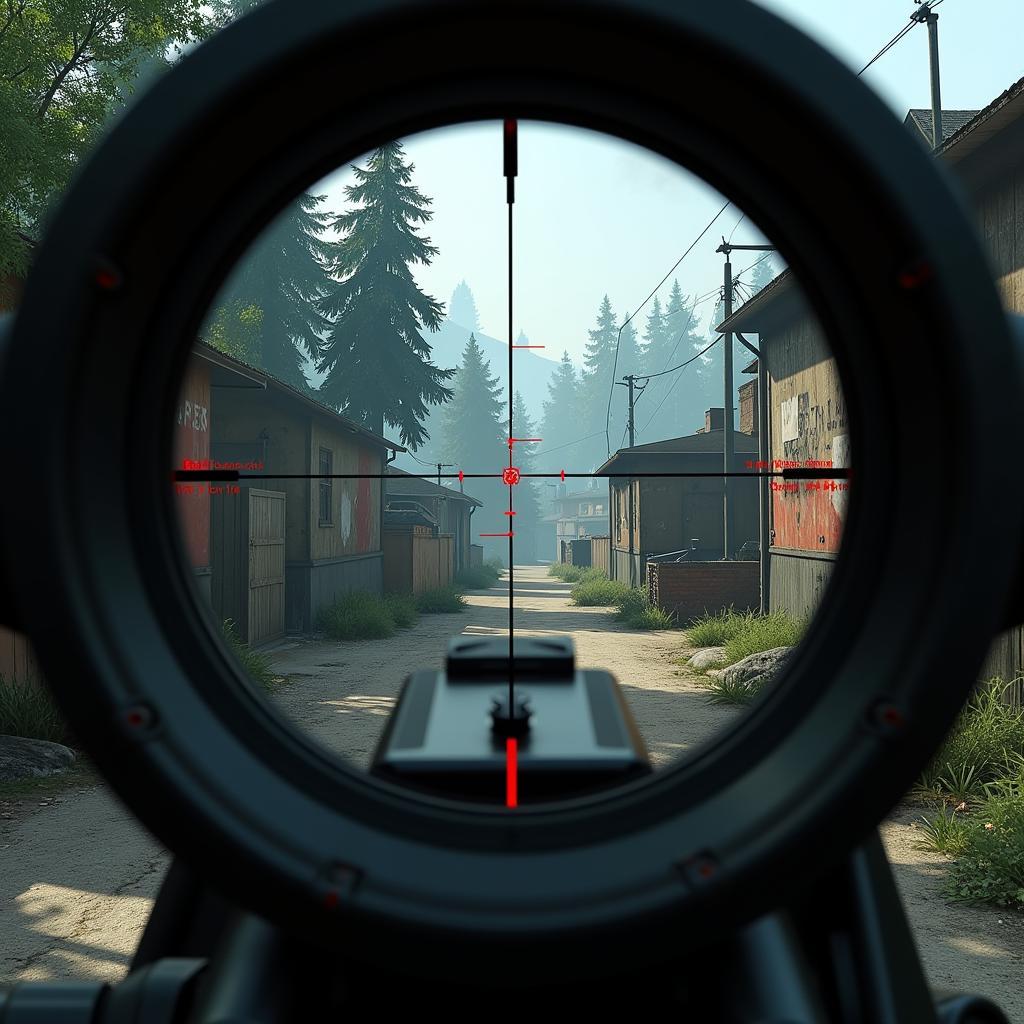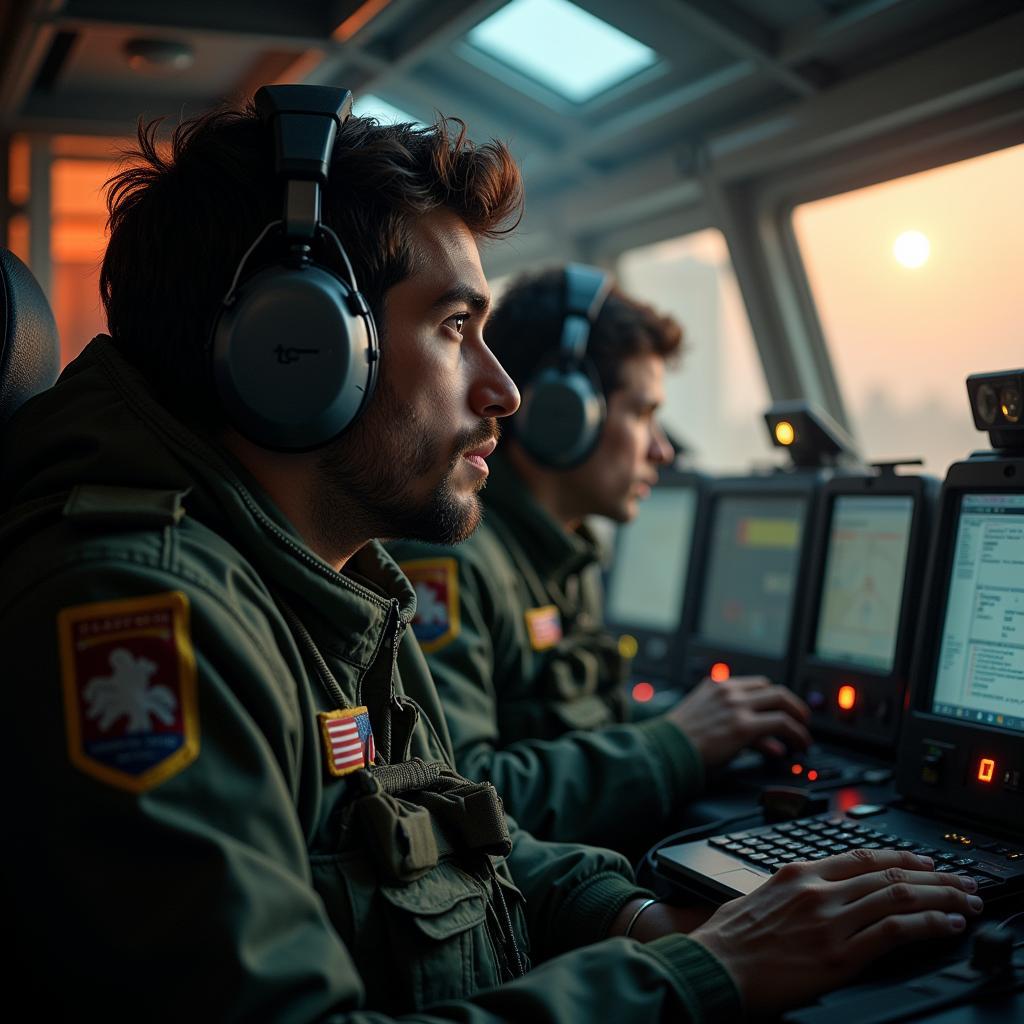The gunner’s seat. A position of immense power, demanding precision, timing, and nerves of steel. Whether you’re a seasoned veteran or a fresh recruit, understanding the intricacies of this crucial role can be the difference between a glorious victory and a crushing defeat.
 View from a Gunner's Seat
View from a Gunner's Seat
The Importance of Positioning
Just like in real-life combat, positioning is paramount in the gunner’s seat. A well-positioned gunner can lay down a devastating barrage of fire, while a poorly positioned one becomes an easy target for the enemy. Always be aware of your surroundings, utilizing cover and concealment to your advantage.
- High ground: Offers a superior vantage point, allowing you to rain down fire on unsuspecting foes.
- Concealed locations: Use buildings, trees, or other obstacles to mask your presence and ambush enemies.
- Proximity to allies: Stay close to your team for support and protection.
Communication is Key
A lone wolf gunner is rarely an effective one. Communication with your team, especially the driver, is vital for success.
- Call out targets: Clearly communicate enemy positions, including their type, distance, and any potential threats.
- Coordinate maneuvers: Inform your driver of your intended targets and any necessary movements to acquire them.
- Provide situational awareness: Be the eyes and ears of your team, relaying information about enemy movements, flanking maneuvers, and potential hazards.
 Gunner Communicating with Team
Gunner Communicating with Team
Weapon Familiarization
Each weapon system in a gunner’s arsenal comes with its own strengths and weaknesses. Familiarizing yourself with their unique characteristics is crucial for maximizing their effectiveness.
- Rate of fire: Understand how quickly your weapon can unleash its payload and adjust your aim accordingly.
- Accuracy: Some weapons excel at long-range engagements, while others are better suited for close-quarters combat.
- Ammunition type: Armor-piercing, explosive, incendiary – each ammo type has a specific purpose. Choose wisely based on the target and situation.
Lead Your Shots
Unlike stationary targets, hitting a moving enemy requires anticipating its movement and leading your shots. This takes practice and a keen eye.
- Target speed: The faster the target, the further ahead you’ll need to aim.
- Target direction: Factor in the direction the target is moving to ensure your shots land where they’re going, not where they are.
- Projectile velocity: Different weapons have different projectile speeds. Slower projectiles will require more lead than faster ones.
Stay Calm Under Pressure
The gunner’s seat can be a chaotic and stressful place, especially during intense firefights.
“Maintaining composure under pressure is paramount for a gunner,” says John “Trigger” McAlister, a former military vehicle gunner with years of experience in high-pressure situations. “Panic leads to missed shots, wasted ammunition, and potentially disastrous consequences for you and your team.”
Focus on your breathing, control your adrenaline, and trust your training. A calm and collected gunner is a deadly gunner.
Conclusion
Mastering the gunner’s seat is a journey that requires dedication, skill, and a deep understanding of the role’s importance. By mastering positioning, communication, weapon familiarization, and the art of leading your shots, you can become an invaluable asset to your team and a force to be reckoned with on the battlefield.
Remember, the gunner’s seat is not just about pulling a trigger; it’s about tactical awareness, teamwork, and unwavering focus. Now, go out there and dominate the battlefield!





